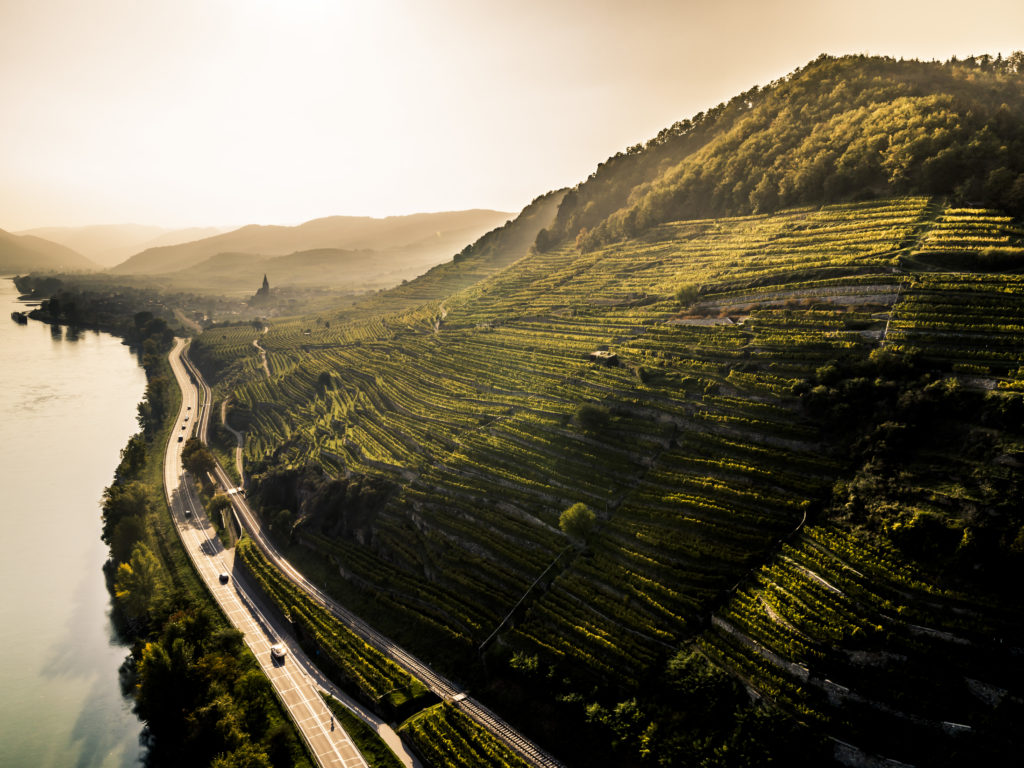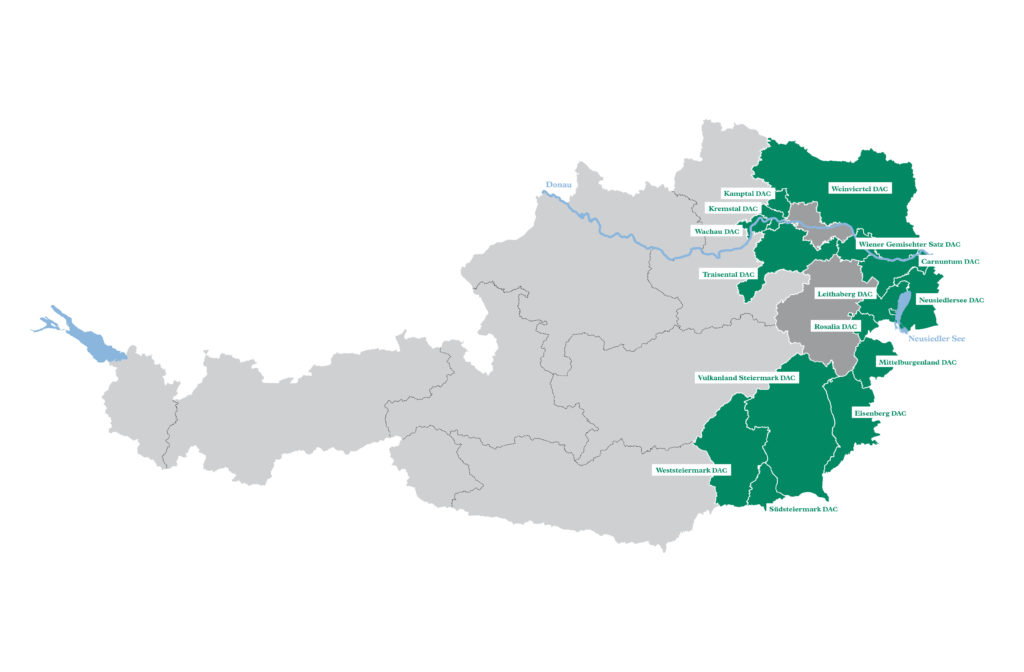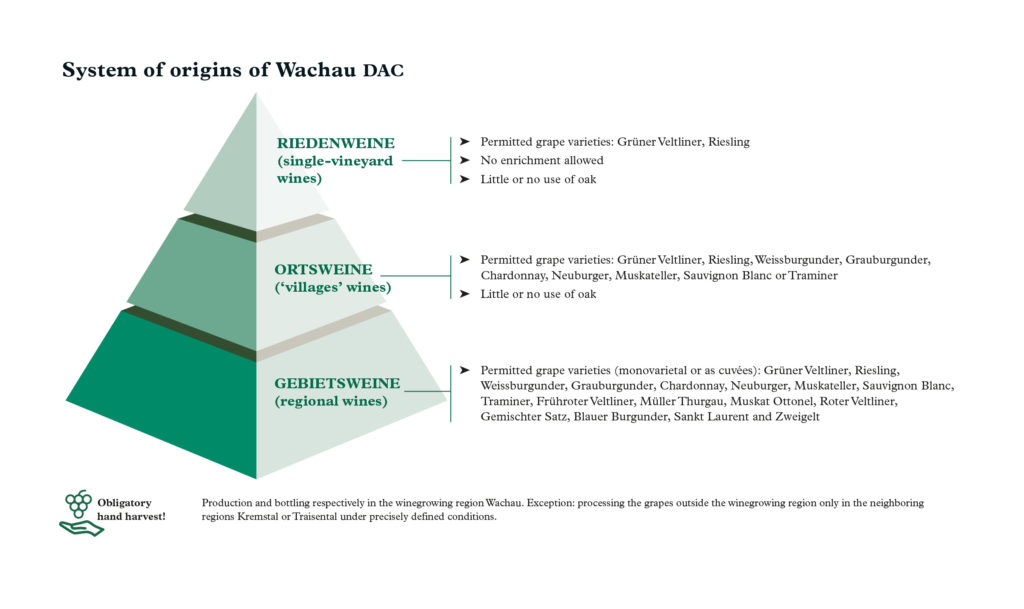Wachau has just been approved as the fifteenth DAC (Districtus Austriae Controllatus), a designated quality wine region of Austria.
After thorough deliberation and consensus within the region, authorities in Wachau submitted the draft DAC regulation to the Ministry of Agriculture, Regions and Tourism, which was signed into a law by federal minister Elisabeth Köstinger very recently.

With Wachau, we can now welcome another important member to Austria’s DAC family. In doing this, Austria’s wine industry has taken a further step on the path of origin-based marketing. This has proven itself effective for seventeen years now, and has also become recognised internationally.
-Chris Yorke, Managing Director, Austrian Wine Marketing Board (AWMB).
What does DAC mean?
If the name of an Austrian wine making region is coupled with the letters DAC on a wine label, the consumer can be sure of receiving a Qualitätswein (Quality Wine) typical of the region, vinified from grapes harvested exclusively in that region.

A DAC wine may only be produced from the grape varieties specified for that particular region and must comply with all the requirements of the regulations laid down for the region. There are currently fifteen DAC wine regions in Austria. Noteworthy to mention is that wines that do not meet the DAC requirements bear the name of the respective federal state as their indication of origin.
Steinfeder, Federspiel and Smaragd continue to be relevant
Back in the 1980s, the regional protection association Vinea Wachau established the levels Steinfeder, Federspiel and Smaragd, differentiated according to the natural alcohol content of the white – and in rare cases rosé – wines produced by its members. This older classification will also be retained within the new DAC system.
A keen focus on Origin
Wachau DAC wines have been classified into three levels: Gebietswein, Ortswein and Riedenwein. An important aspect is that the winegrowers in the region have committed to hand-harvesting the grapes at all three levels.

Wachau DAC quality levels in details
Gebietswein
The traditional array of grape varieties is preserved, where seventeen white and red varieties ranging from Grüner Veltliner and Riesling to Muskateller and Sauvignon Blanc to Pinot Noir and Sankt Laurent are permitted. Gemischter Satz and cuvées are also allowed. These wines will bear the name of the region coupled with “DAC” on the label. The grapes can come from anywhere in the entire wine growing region of Wachau.
Ortswein
This classification is becoming increasingly important in Austria’s landscape of origins. Wachau too provides for twenty-two designated municipalities, protected in its DAC regulation under it. The number of approved grape varieties is concentrated here to nine: Grüner Veltliner, Riesling, Weissburgunder, Grauburgunder, Chardonnay, Neuburger, Muskateller, Sauvignon Blanc and Traminer. These must be vinified as monovarietal wines.
Riedenwein
This is the top level on the pyramid of origins in the DAC classification. The most famous Wachau grape varieties Grüner Veltliner and Riesling are permitted here, harvested from 157 precisely defined vineyard sites (Rieden). Wachau DAC wines bearing the indication of a Ried on the label must not be enriched or chaptalised in any way. Also, like Ortswein, they must exhibit hardly any noticeable cask tone, or none at all.
Speaking on the occasion, Anton Bodenstein, chairman of the Wachau Regional Wine Committee said: “This brings origins to the forefront. Wachau DAC provides geographical protection of origin down to the most detailed entity, i.e. the individual vineyard.”
(Excerpted from a Press Release with images by the Austrian Wine Marketing Board )







